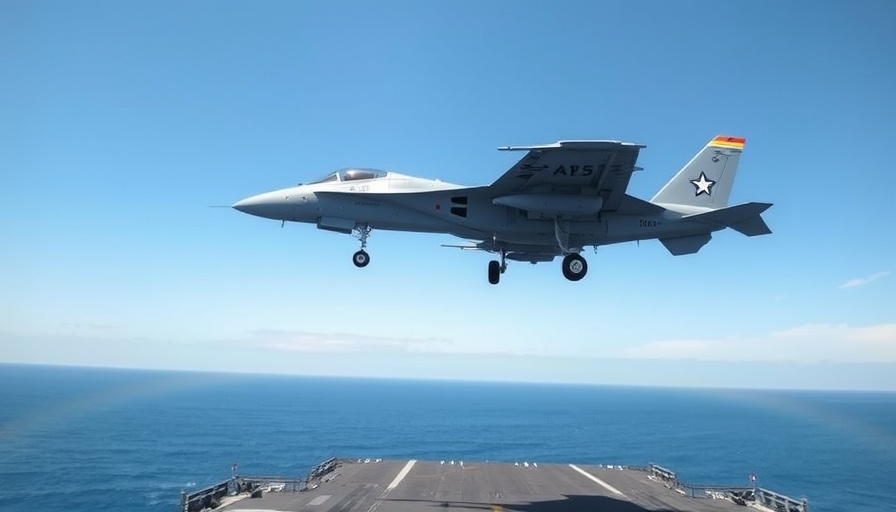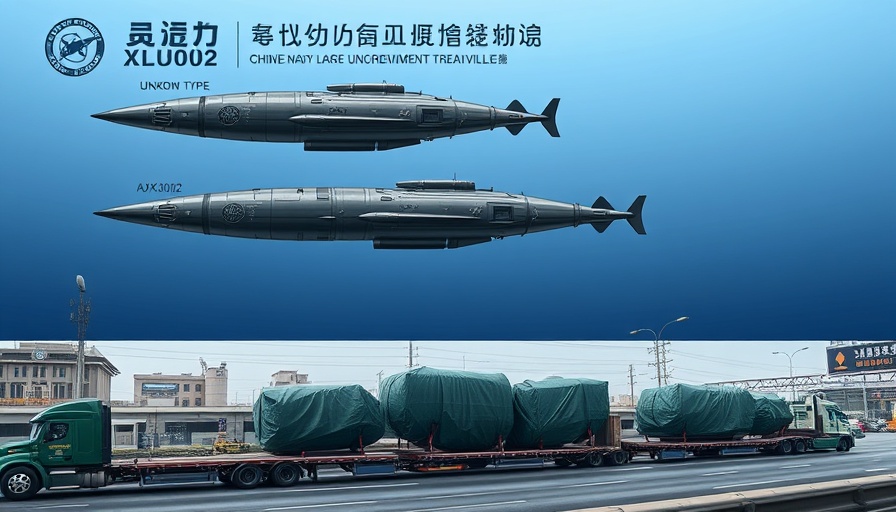
Chinese Military Escalation: A Disturbing Trend?
The recent incident where a Chinese J-15 fighter jet flew alarmingly close to a Japanese P-3C maritime patrol aircraft has raised eyebrows across the globe. As military relations in the Asia-Pacific become increasingly tense, this close encounter presents a snapshot of the evolving dynamics of power in the region. Experts are warning that these incidents could signify a more dangerous posture from China as it continues to assert its military capabilities.
Understanding the J-15 Fighter Jet
The J-15 fighter jet, often called "Flying Shark," is a formidable carrier-based aircraft that underscores China's growing naval ambitions. Developed by Shenyang Aircraft Corporation, it boasts advanced technology comparable to that of the American F/A-18 Hornet. Its recent close flyover of the Japanese P-3C, an aircraft primarily used for anti-submarine warfare and reconnaissance, showcases not only the capabilities of the J-15 but also China’s determination to expand its influence over contested maritime territories.
The Strategic Importance of the East China Sea
The East China Sea is a critical point of contention between China and Japan, punctuated by claims over the Senkaku Islands, which both nations assert as their own. Japan, reliant on the U.S. for defense, has expressed concern over China's increasingly assertive military maneuvers in this volatile boundary. The implication of such encounters suggests a wider potential for conflict, raising the stakes for both nations and their allies.
The Implications for Regional Security
As regional security networks evolve, close encounters like the recent one highlight the urgent need for dialogue and de-escalation. The UN and various international bodies have emphasized the importance of preserving peace and security in the Asia-Pacific. Analysts argue that heightened military interactions could lead to miscalculations or accidental conflicts, thus exacerbating the already fragile situation between the two powers.
Global Reactions: Allies Respond
The United States and other allied nations have been closely monitoring these developments. U.S. officials have reiterated their commitment to Japan's defense, framing the relationship as a cornerstone of security in the region. Military exercises between the U.S. and Japan have become more frequent, sending a clear message of deterrence to any potential aggressors.
Looking Ahead: Future Trends in Military Posturing
Experts suggest that we could be witnessing a shift toward more frequent military encounters in the Asia-Pacific. Future strategies may include enhanced military technologies and advanced drone reconnaissance systems, considerably increasing the stakes in these engagements. Thus, diplomatic avenues must remain open in order to navigate this complex landscape effectively.
Conclusion: Staying Informed
The intersection of military might and diplomacy will ultimately shape the future of the Asia-Pacific region. As developments unfold, it is critical for both governments and citizens alike to remain informed about the growing military dynamics. Keeping abreast of these shifts not only fosters awareness but encourages responsible actions that can contribute to lasting peace.
 Add Row
Add Row  Add
Add 




Write A Comment